Ocular hypertension refers to a condition characterized by higher than normal intraocular pressure (IOP) in one or both eyes. Although similar to glaucoma, ocular hypertension does not cause visible damage to the optic nerve or loss of vision. However, if left untreated, it can increase your risk of developing glaucoma over time.
What are the main causes?
Ocular hypertension occurs when there is an imbalance between the production and drainage of the aqueous humor (the fluid that circulates in the anterior chamber of the eye). The exact cause is not always clear, but several factors may contribute to its development. The main factors are the following:
Age: With advancing age, the risk of developing ocular hypertension increases.
Family history: Having a close relative with ocular hypertension or glaucoma may increase your risk.
Race: Certain racial groups, such as African Americans, are more predisposed.
Other medical conditions: Ocular hypertension may be associated with diabetes, high blood pressure, and certain medications such as corticosteroids.
What are the main symptoms?
Ocular hypertension usually has no obvious symptoms or changes in vision. In most cases, it is detected during a routine eye exam. However, some people may experience mild symptoms, such as occasional eye discomfort or headaches.
How is the diagnosis made?
A comprehensive eye examination is vital to the diagnosis of ocular hypertension. During the examination, the ophthalmologist will perform the following tests:
– Measurement of vision and refractive error (presence of myopia, hyperopia or astigmatism)
– Measurement of intraocular pressure using a Goldmann applanation tonometer
– Measurement of the central thickness of the cornea (if the cornea is very thin, then the real pressure of the eye is greater than the one we measure, while if the cornea is thicker, the opposite is true)
– Examination of the anterior chamber
– Gonioscopy (examination with a special lens that is adapted to the surface of the eye after the instillation of anesthetic): we examine the depth of the angle of the anterior chamber, i.e. the space that exists between the cornea and the iris
– Examination of the optic nerve, determination of the central concavity, identification of any focal loss of nerve fibers. We also recommend visualizing the optic nerve with color fundus photography
– Optical coherence tomography of the nerve fibers of the optic nerve as well as the ganglion cells of the macula.
– Automated examination of the visual field
What is the treatment?
Treatment for ocular hypertension aims to prevent or reduce the risk of developing glaucoma. Depending on the individual’s specific circumstances, the following approaches may be recommended:
Regular monitoring: Since ocular hypertension is a chronic condition, regular eye exams are essential to monitor any changes in eye pressure and overall eye health.
Lifestyle modifications: Certain lifestyle changes can help manage ocular hypertension such as maintaining a healthy diet, exercising regularly, avoiding excessive alcohol consumption, and quitting smoking.
Eye drops: In some cases, eye drops may be prescribed to lower intraocular pressure. These drugs work by either reducing the production or improving the drainage of aqueous humor in the eye.
Surgery: If ocular hypertension develops into glaucoma or if intraocular pressure remains uncontrolled, options such as laser trabeculoplasty (link) or minimally invasive glaucoma surgery may be considered. (link)
With appropriate management and regular monitoring, the prognosis for ocular hypertension is generally positive. By following the recommended treatment plan and attending regular eye exams, the risk of developing glaucoma and associated vision loss can be minimized.
Ocular hypertension is a condition characterized by increased intraocular pressure, which can increase the risk of developing glaucoma over time. Although often asymptomatic, regular eye exams are vital for early detection and proper management. We are always at your disposal to advise you appropriately and to deal individually with the problem of ocular hypertension, helping to maintain the good health of your eyes.

 English
English
 Ελληνικά
Ελληνικά 